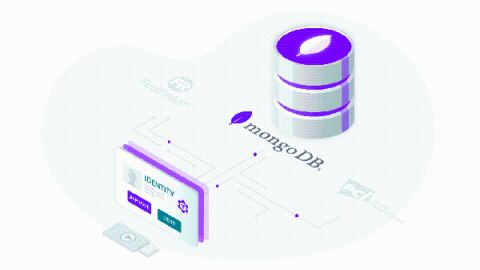Prepare your Kubernetes cluster for Pod Security Policy deprecation
The Kubernetes community created a feature in v1.10 called Pod Security Policy (PSP) to control the security-related fields for pods defined in your Kubernetes cluster. Now that PSP is being deprecated in Kubernetes v1.21, what should you do to secure your Kubernetes cluster? In this blog, we’ll learn a bit about PSP, explore why it’s being deprecated and how Open Policy Agent (OPA) can ease the migration from PSP.










